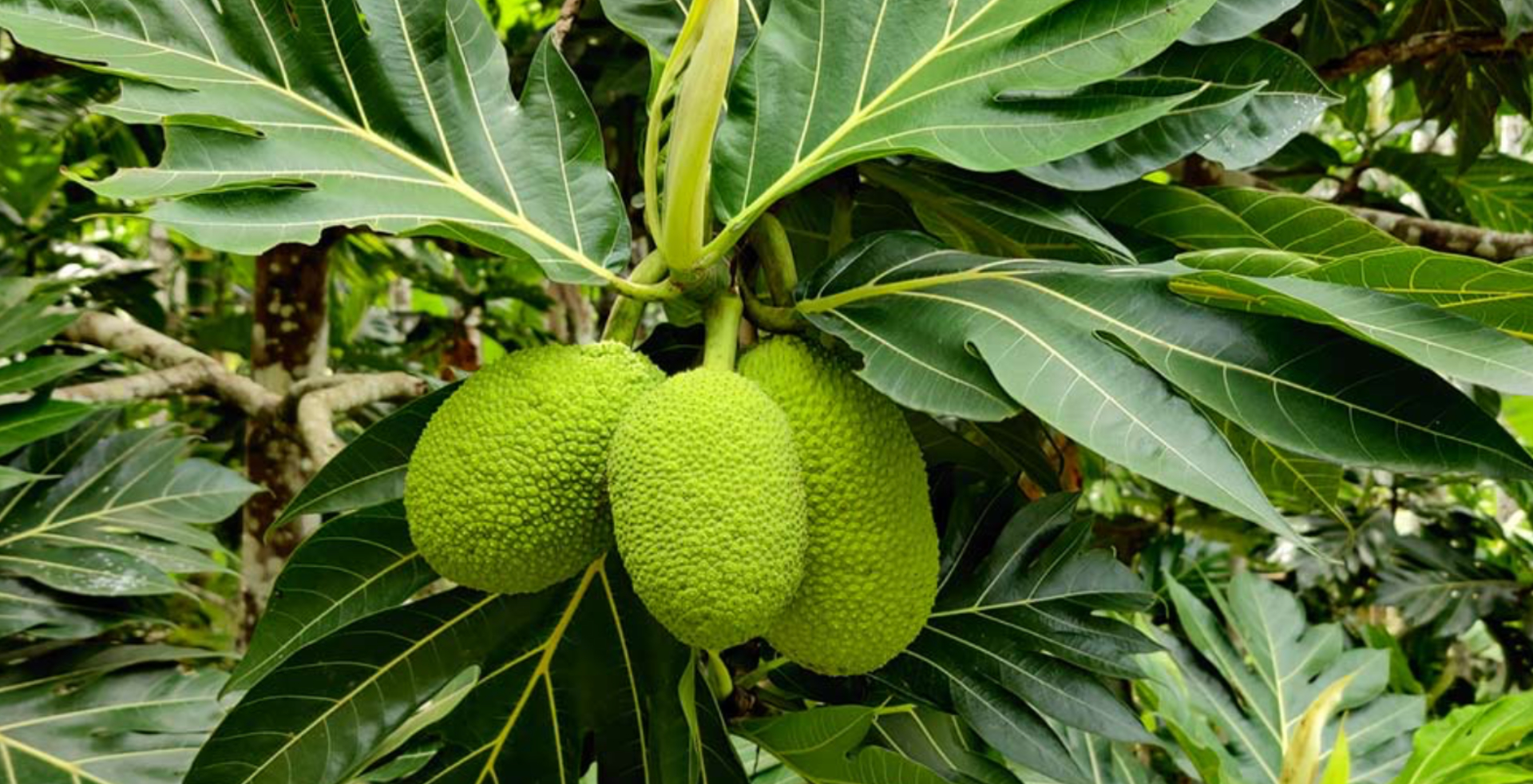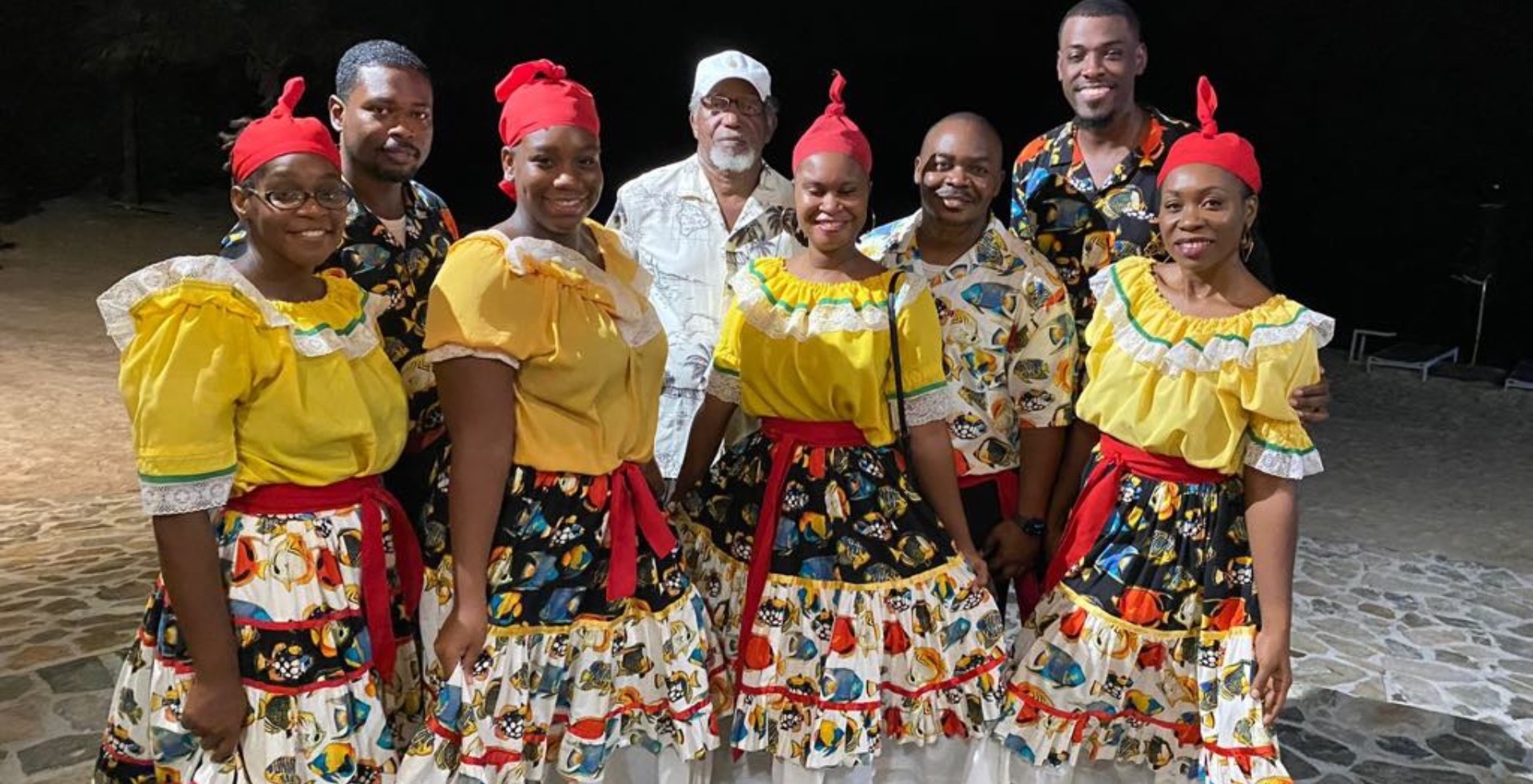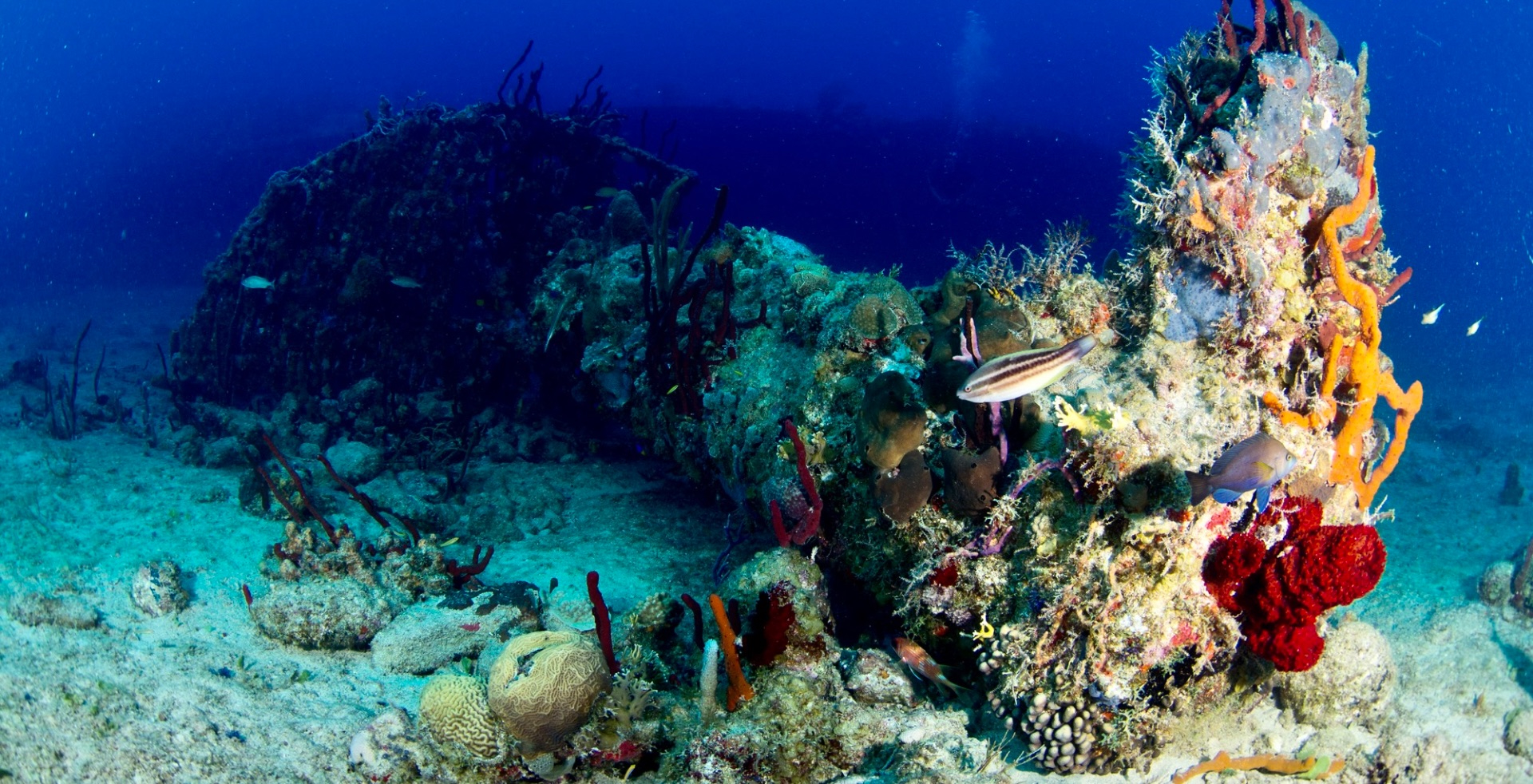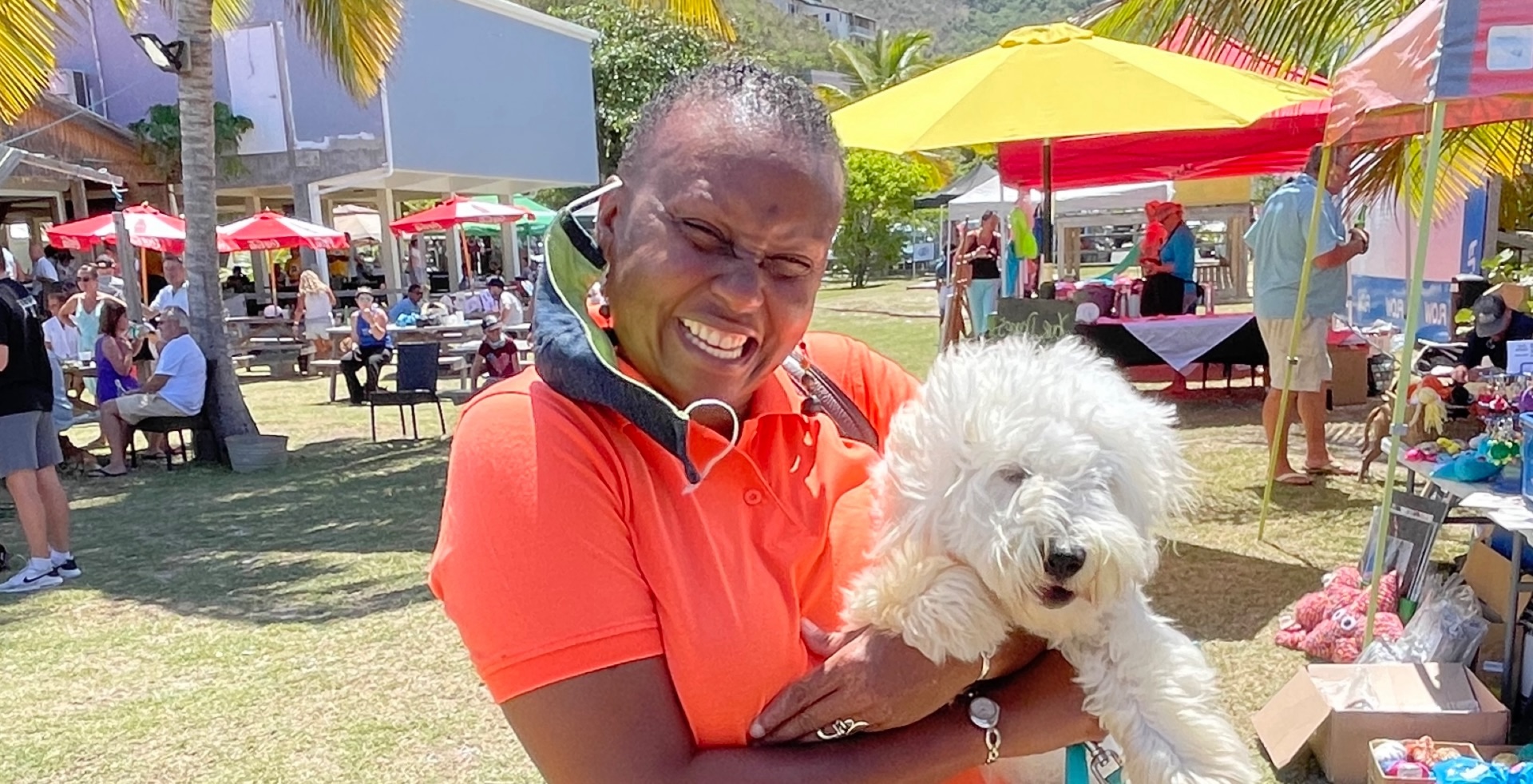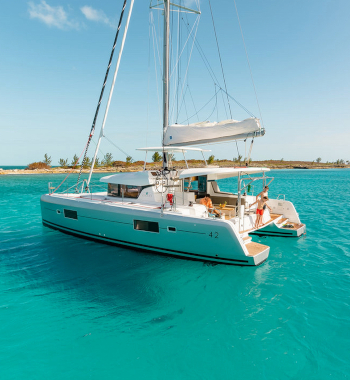BVI’s Real Pirates of the Caribbean
By Claudia Colli
From the 16th until the 18th centuries, piracy was rampant in the BVI. Spurred by the presence of gold and jewel laden galleons sailing between the Americas and Europe, buccaneers scoured the seas looking for vulnerable ships to plunder.
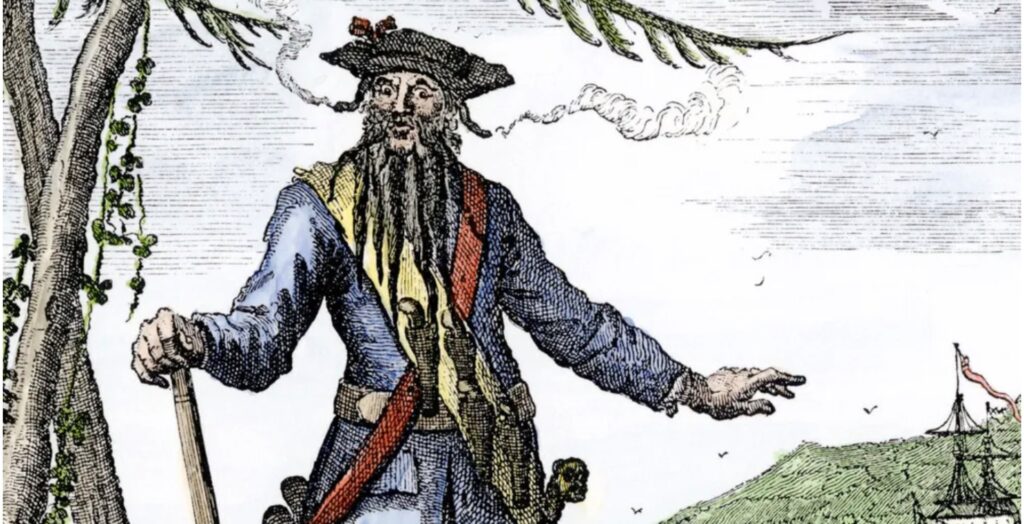
Taking advantage of the Virgin Islands’ sheltered coves and uncharted reefs, some of the Caribbean’s most dubious characters launched their raids from BVI shores, and several islands were named after the adventurers that frequented local waters.
Little Thatch took its name from Edward Teach, more commonly known as Blackbeard, whose long, braided beard and lascivious reputation for having 14 wives have made him one of pirate lore’s most colorful figures. Little Thatch, a small private island in Tortola’s Soper’s Hole would have made a perfect hideout for Thatch to launch his raids.
Thatch is the stuff of legends. It is said that he marooned some of his crew on Dead Chest, a small craggy island to the east of Peter Island. Did he carry out this dastardly deed in order to increase his share of the plunder? Likely so. Scruples was not one of Thatch’s virtues. It is said that the stranded crew tried to swim to a bay on nearby Peter Island. Appropriately known as Deadman’s Bay, it seems unlikely that any of them made it. The famous ditty “Fifteen men on a Dead Man’s Chest, Yo Ho Ho and a bottle of rum” may have been an ironic homage to these unfortunate pirates.
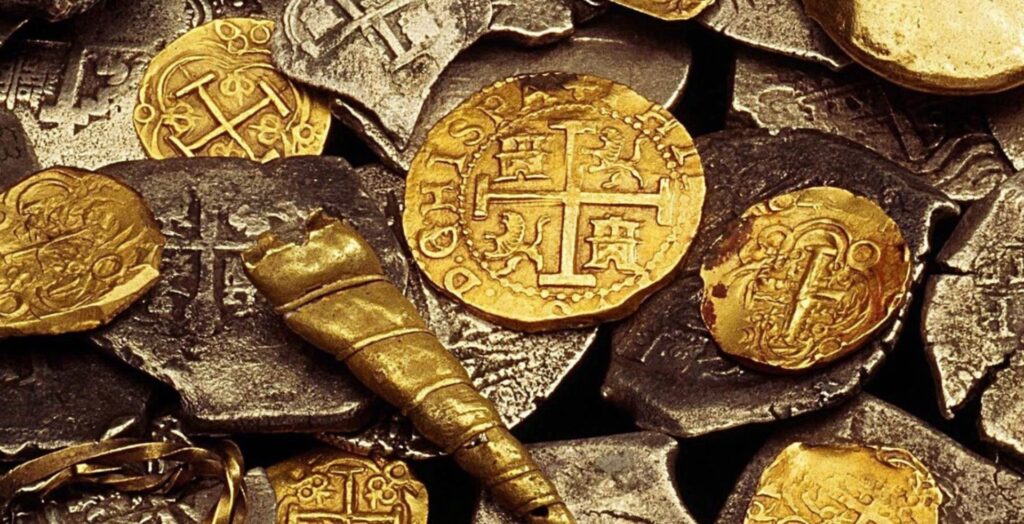
Norman Island received its name from the buccaneer Norman. A dashing figure he is believed by many to have buried his booty from a plundered Spanish frigate on this desolate island just southwest of Road Harbour. The legend of buried treasure on Norman has persisted over the years, fueled by the belief that Robert Louis Stevenson used the isle as the setting for his famous novel of piracy and intrigue, Treasure Island.
A number of caves on the island’s northwestern point are still known as the “treasure caves.” Valerie Sims, whose Virgin Islands’ ancestry goes back generations, tells the story of how one of her ancestors is believed to have found a fortune hidden on Norman Island. This buried treasure is perhaps the very same as hidden by Norman!
Beef Island, an island off Tortola’s eastern end has its own piracy legend. The island was named after the cattle that was raised there, but it was a widow that lived on the island that made it well-known in pirate circles. As the story goes, the widow grew tired of a band of pirates that repeatedly raided her herd of cattle. So, one evening she invited the scalawags for dinner and poisoned the lot, reaping her sweet revenge.
Jost Van Dyke was a Dutch pirate and privateer who in 1615 founded the Virgin Islands’ first settlement on the western end of Tortola at what is now Fort Recovery (the settlement’s stone cylindrical watch tower remains). The small community, which consisted of Dutch, English and French pirates was short lived. It was attacked and destroyed by the Spanish Governor in Puerto Rico who regarded Van Dyke as a potential threat to Spanish trading interests in the region. Van Dyke escaped to an island to Tortola’s north where a multitude of hidden coves proved perfect for launching his raids. Today the coves of Jost Van Dyke are better known for providing a safe anchorage for sailors in search of conch fritters and a frosty rum drink.
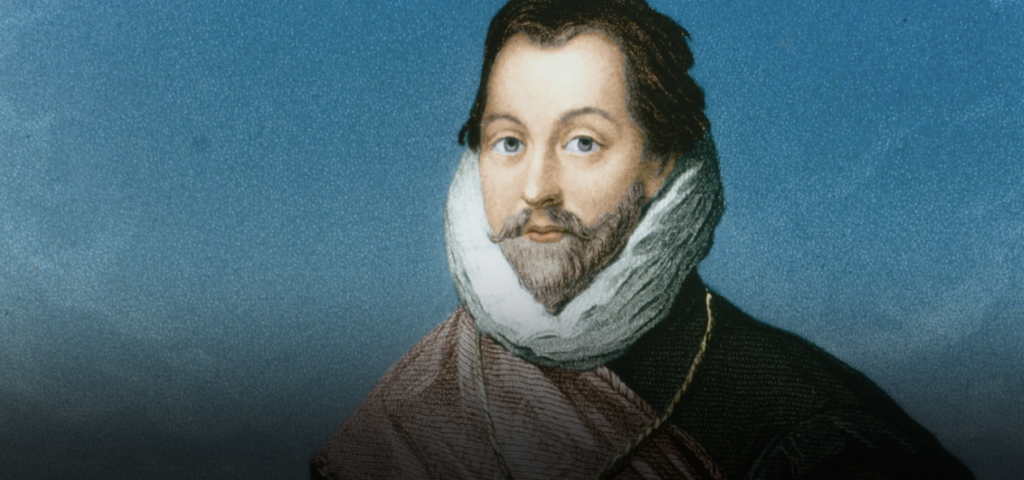
Bellamy Cay in Trellis Bay on Beef Island was most recently the location for a popular restaurant and cabaret show, but in the 18th century it was the hangout of the notorious pirate, Black Sam Bellamy. Bellamy, often called the Prince of Pirates commanded the 18-gun, 300-ton sailing ship, the Whydah. He preyed upon Spanish galleons and other richly laden ships accruing a fortune in gold, silver and jewels. But he also had a large price on his head. When he sailed north to Cape Cod in Massachusetts, his ship hit a shoal and sank, and Bellamy was eventually captured by the authorities. The ship was discovered in 1985, its bronze bell was engraved with its name, “The Whydah 1717.”
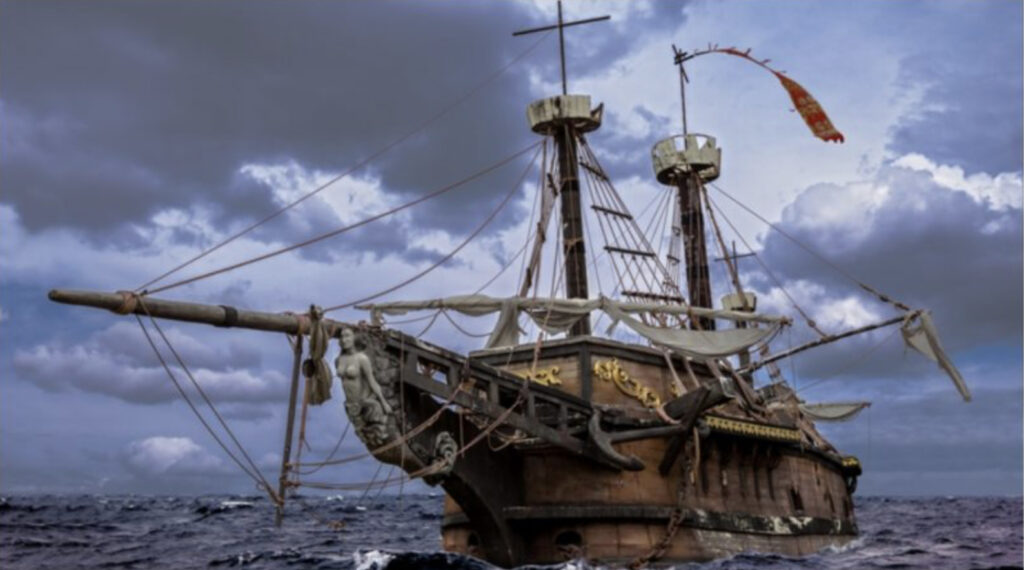
Sir Francis Drake, one of England’s most daring naval commanders, had an entire waterway named after him. The Sir Francis Drake Channel runs through the BVI from Virgin Gorda to the western tip of Tortola and is now a favorite downwind run for the area’s charter boats. The isles lining the Channel, which once provided refuge for the area’s pirates, now harbor beachfront bars and restaurants catering to thirsty sailors.
Until the late sixteenth century, Spain with its mighty armada had dominated the isles of the Caribbean. But as the maritime might of Spain weakened, other European nations began to enter the scene. In 1594, the English adventurer led a large fleet of English war ships to Virgin Gorda’s North Sound. Here Drake marshalled and redistributed his troops before sailing on to San Juan. His daring attack against the Spanish fleet failed, but nonetheless, the event presaged the decline of Spain’s supremacy in the Caribbean.
As the Virgin Islands became increasingly settled, the age of piracy began to wane. The BVI instead became prosperous through the growing of sugar cane and the production of rum, relegating the Pirates of the Caribbean to a colorful footnote in history.
So, as you sail down the Sir Francis Drake Channel or sip a frosty rum cocktail at Norman Island or Jost Van Dyke, remember the many colorful adventurers that preceded you. Yo Ho Ho!
For more on Virgin Islands history go to:

